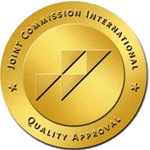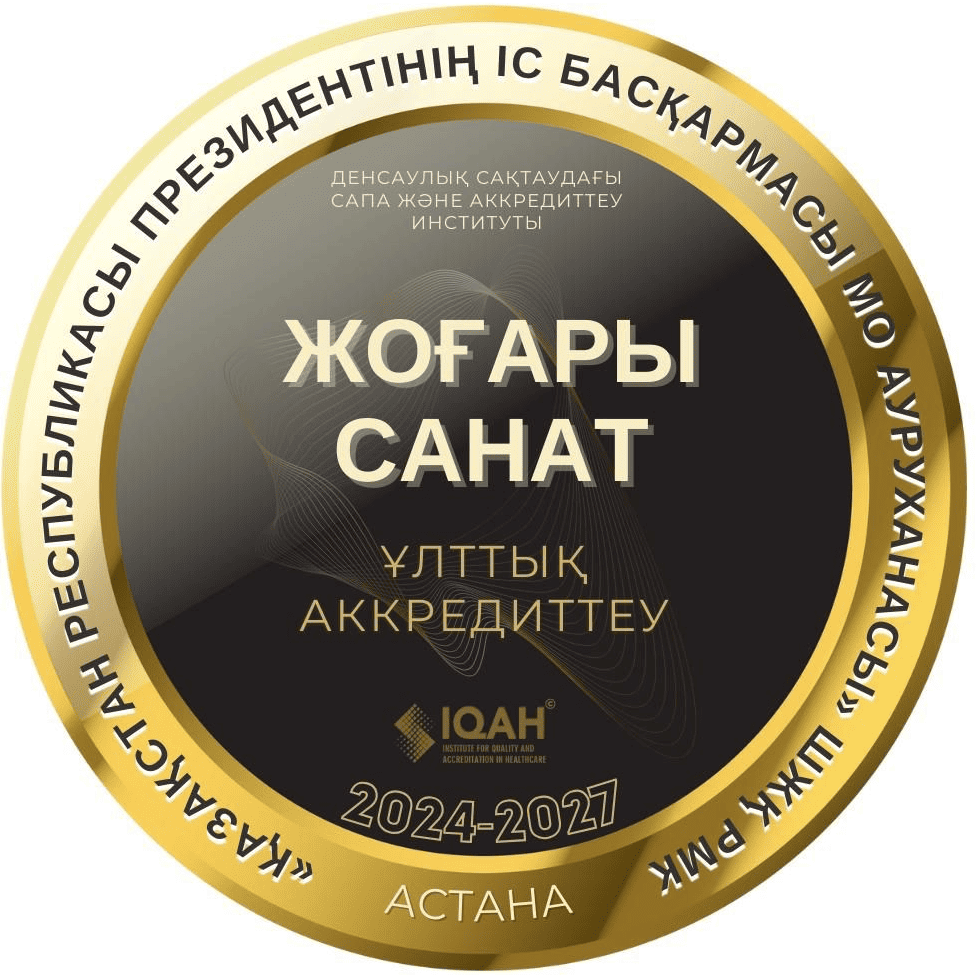Study of associations of some genotypes with Diabetic Cardiovascular Autonomic Neuropathy in the Kazakh population
Individual registration number АР14871525
Еxecution period – 2022 -2024
Source of funding - Ministry of Science and Higher Education of the Republic of Kazakhstan (contract №176/30-22-24 18 October 2022).
The head of the research group – Benberin Valeriy Vasilievich.
The project aims to determine the predictive value of the structural variability of the genome, represented by polymorphisms with a previously proven relationship/association with DM2, for the development of CAN in the Kazakh population.
Project tasks.
- Collection and compilation of genotypic and phenotypic data on 400 study participants.
- Formation of a database of phenotypic and genotypic data for each participant of the study and statistical evaluation of phenotype/genotypic associations.
- Epidemiological analysis of the prevalence of the cardiovascular form of diabetic neuropathy (hereinafter - CDN) among 20,000 individuals of the Kazakh population from among the contingent of BMC UDP.
- Forming conclusions about the prognostic value of the structural variability of the genome, represented by different genotypes, for the development of CFDN in DM2.
Expected results.
- Based on new scientific data, a potential molecular target for the prevention of cardiovascular complications of DM2 in the Kazakh population;
- A presentation at an international conference, at least 2 (two) articles and (or) reviews in peer-reviewed scientific journals indexed in the Science Citation Index Expanded of the Web of Science database and (or) with a CiteScore percentile in the Scopus database less than 35 (thirty five); as well as at least 2 (two) articles or reviews in a peer-reviewed foreign or domestic publication recommended by Committee for Quality Assurance in the Sphere of Education and Science of the Ministry of Education and Science of the Republic of Kazakhstan, methodological recommendations.
RESEARCH RESULTS
The obtained results are in line with the objectives of the 2023–2024 calendar plan and include the following types of work:
1. Final dataset formation:
- A finalized database was created with phenotypic and genotypic data from 400 study participants, whose genotyping data were obtained during the execution of the program “Study of genetic risk factors for diseases associated with metabolic syndrome in the Kazakh population.”
- 24-hour Holter ECG monitoring results were provided to assess heart rate variability (HRV) and to determine the presence of signs of cardiac autonomic neuropathy (CAN).
- Key HRV indicators included:
- SDNN (standard deviation of NN intervals, mean: 79.8),
- SDANN (standard deviation of average NN intervals over 5 minutes, mean: 106.8),
- RMSSD (root mean square of successive differences, mean: 29.4),
- NN50 (number of pairs of successive NNs differing by more than 50 ms),
- HRV triangular index,
- HF (high-frequency, mean: 217.0 ms²),
- LF (low-frequency, mean: 333.5 ms²),
- HF/LF ratio (mean and median values were also considered).
2. Data processing:
- The data were compiled, systematized, and statistically processed. They were entered into a database for preliminary validation, identification, and correction of inconsistencies, followed by a second review and statistical analysis.
3. Statistical analysis:
- Final statistical analysis was conducted on data from 400 participants using:
- Chi-square tests and odds ratios (OR) with confidence intervals (CI) (to assess associations between genotypes/alleles and cardiac form of diabetic neuropathy using GenExpert),
- Logistic regression to test effects of other risk factors (age, sex, total cholesterol, BMI, triglycerides, HDL, LDL, glucose),
- Mann–Whitney U test for quantitative variables between independent groups.
- SPSS 26.0 software was used for analysis.
- Quantitative data were presented as means, medians, upper/lower quartiles (M±SD, Me (Q1–Q3)). Normality was assessed using the Shapiro–Wilk test. A significance level of p < 0.05 was used.
- Categorical variables (e.g., sex, presence of CAN) were dichotomized and analyzed in terms of frequencies and proportions.
- Hardy–Weinberg equilibrium was used to assess genotype and allele distribution.
4. Key research findings:
- Cardiac autonomic neuropathy (diabetic form) is associated with the following polymorphisms:
- rs2737029 (CC genotype): OR 1.79 (1.08–2.98), p = 0.02
- rs2736990 (GG genotype, SNCA gene): OR 2.03 (1.19–3.48), p = 0.02
- rs12149832 (AA genotype, FTO gene): OR 2.21 (1.38–3.52)
- rs564398 (CC genotype, CDKN2B-AS1 gene): OR 1.62 (1.02–2.57)
- rs1648707 (CC genotype): OR 1.85 (1.05–3.25)
- Protective factors against CAN include:
- rs2737029 (CT genotype): OR 0.54 (0.34–0.85)
- rs2736990 (A allele, SNCA gene): OR 0.66 (0.48–0.91)
- rs564398 (T allele, CDKN2B-AS1 gene): OR 0.66 (0.46–0.96)
- rs1648707 (A allele, ADIPOQ gene): OR 0.69 (0.50–0.95)
- rs12149832 (G allele): OR 0.57 (0.41–0.80), GA genotype: OR 0.61 (0.38–0.96)
- Demographics and clinical findings:
- Mean age of participants with CAN was slightly higher: 56 (48–60) vs. 55 (46–60)
- More men than women were affected by CAN.
- No significant differences in BMI, glucose, triglycerides, total cholesterol, HDL, or LDL between those with and without CAN.
5. Scientific publications:
Three papers published in Scopus and Web of Science-indexed journals:
- Bekenova N, Sibagatova A, Aitkaliyev A, Vochshenkova T, Kassiyeva B, Benberin V.
Genetic markers of cardiac autonomic neuropathy in the Kazakh population.
BMC Cardiovasc Disord. 2024 May 9;24(1):242.
doi: 10.1186/s12872-024-03912-0
(Web of Science Q2, Scopus 55th percentile) - Bekenova NB et al.
A Bibliometric Analysis of Study of Associations of Certain Genotypes with the Cardiovascular Form of Diabetic Neuropathy.
Biomed Res Int. 2024 Apr 15;2024:6761451.
doi: 10.1155/2024/6761451
(Web of Science Q2, Scopus 76th percentile) - Bekenova N et al.
Cardiac Autonomic Neuropathy Is Not Associated with Apolipoprotein E Gene Isoforms in the Kazakh Population: A Case-Control Study.
Diagnostics (Basel). 2024 Sep 6;14(17):1978.
doi: 10.3390/diagnostics14171978
(Web of Science Q2, Scopus 50th percentile)
One article published in a journal recommended by the Committee for Quality Assurance in Education and Science (KOKSON):
- Bekenova N.B. et al.
The role of SNCA gene polymorphisms in the development of cardiac autonomic neuropathy in individuals of Kazakh ethnicity.
Science & Healthcare. 2023; 25(4):59–66.
doi: 10.34689/SH.2023.25.4.007
6. Conference participation:
- World Conference on Human Genomics and Genomic Medicine (WCHGGM-24), April 2–3, 2024, Boston, USA:
- Oral presentations:
- The Role of the rs12149832 Polymorphism in the FTO Gene in Cardiac Autonomic Neuropathy
- Significance of APOE and FTO Gene Polymorphisms in Cardiac Autonomic Neuropathy among Individuals of Kazakh Nationality
- Multidisciplinary Congress “World Quality Standards and Innovations in Medicine: Focus on Safety” & International Scientific and Practical Forum “High Technologies in Modern Surgery,” September 19–22, 2024, Astana, Kazakhstan:
- Abstracts:
- Significance of APOE and FTO gene polymorphisms in cardiac autonomic neuropathy among individuals of Kazakh nationality
- The role of the rs12149832 polymorphism in the FTO gene in cardiac autonomic neuropathy
7. Patent:
- Utility model patent application No. 2024/0973.2:
- "Method for predicting the risk of cardiac autonomic neuropathy in the context of type 2 diabetes in the Kazakh population"
8. Clinical guidelines:
- Methodological recommendations developed:
- “Diagnosis and Prediction of Cardiac Autonomic Neuropathy in Patients with Diabetes Mellitus”
- ISBN 978-601-7083-14-4
Contact Information:
Benberin Valeriy Vasilievich
Phone: +7 (7172) 70-80-90, ext. 8102, 8132, 7496




